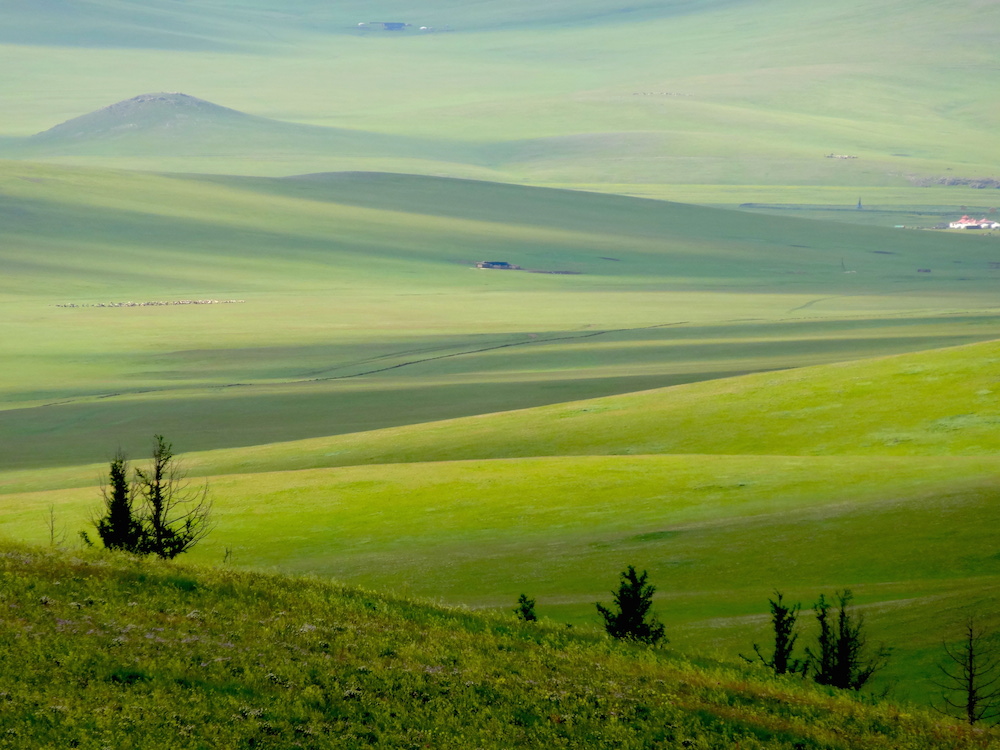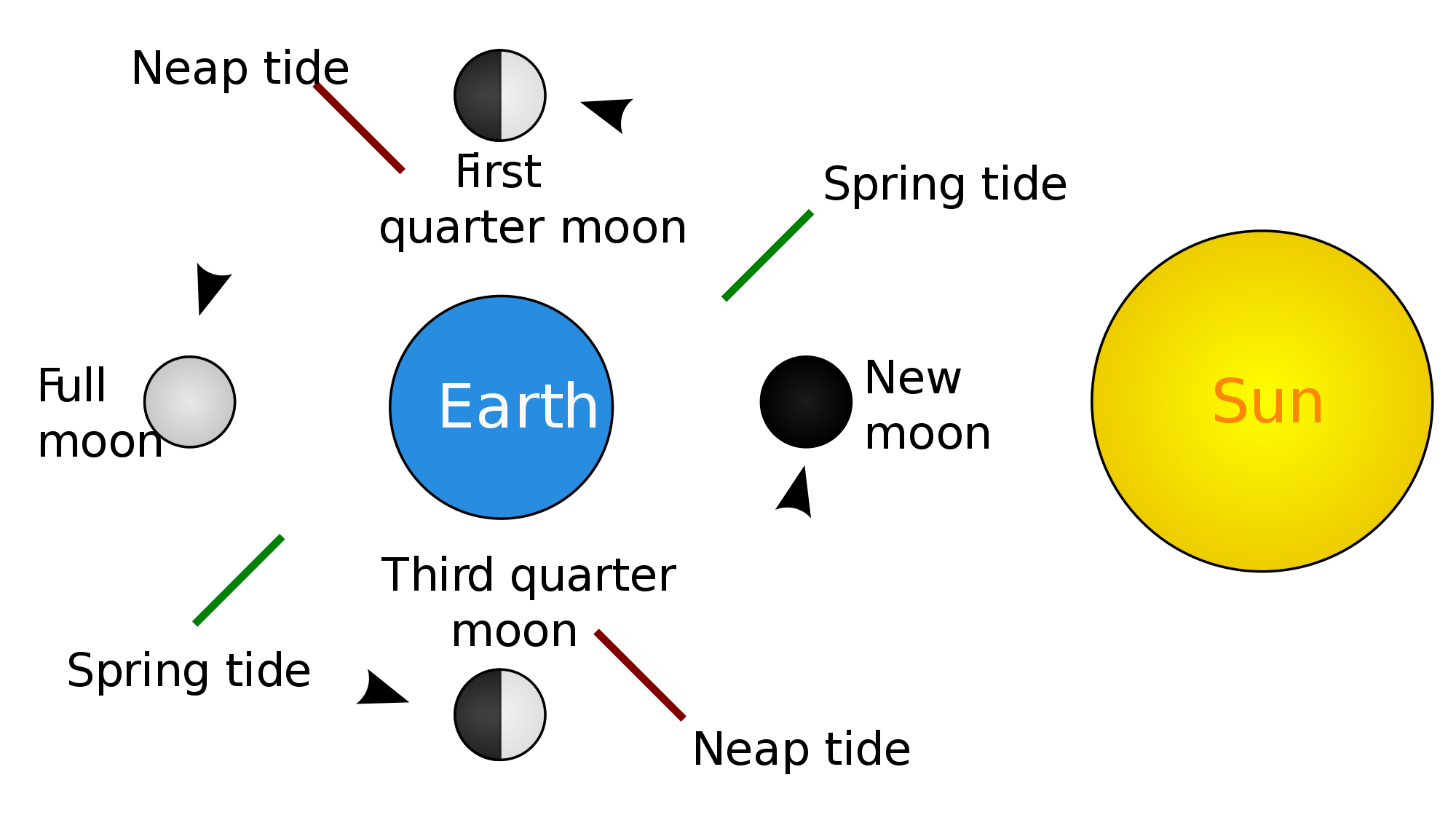I had this idea almost a year ago, but it went on the back burner because a) I couldn't think of anything and b) I couldn't find my set of dominoes. While unpacking more stuff from the move, I found my long lost set of double 9's. Seeing this, I got some idea on how to use it in RPGs.
Quick Terminology
Bones - Slang for dominoes
Boneyard - The area of dominoes you can draw from. Always face down
Spinner - slang for doubles. Dominoes with the same two numbers on them (i.e. 6-6, 3-3, 0-0)
Pip - The black dots on your dominoes, like on a set of casino d6s.
Double 6/9/12 - This categorizes the type of dominoes the set is, by its highest number. Double 6s has 6 as its highest suit, while double 9s has 9 has its highest number
Blank - the number zero. No pips on this side
Why Use Dominoes?
So right off the bat, we have to ask ourselves, why use dominoes? Now personally, I do like using alternate knick knacks in games. Playing cards are a big thing for me, which was one reason I loved Savage Worlds. It's something that is fun and a bit different from rolling some multisided dice. Of course, not everyone has a set of dominoes. This really wasn't a problem in South Florida, since a lot of the people I played D&D with also played dominoes on the side. But in other places, you'll have to go out of your way to get them. Luckily, you can get them at any Wal-Mart or Target, and most FLGS carry a simple set.
Since we are using dominoes, we need to play to their strengths. Big strength is positioning. In a game of dominoes, you set down dominoes with same numbers facing each other. Using that in a RPG can add an element of strategy and critical thinking that you don't see with using dice. So, here goes nothing.
Usage 1: Alternate Conflict Resolution Mechanic
Using a set of dominoes can replace die rolling if using a system that rolls 2d6s or even 3d6s. Doing 2d6s requires two sets of double 6's, the standard dominoes. Simple remove all of the dominoes with blanks as well as duplicates of doubles, then combine the two sets into a bag. This replicates the results of 2d6. Crit failures and hits would still be the same value. You can do the same thing with double 9s for 3d6. This ends up being the same cost as everyone buying their own set of polyhedral dice, but the cost is unfortunately front-loaded to one person. So it may not be the best usage of dominoes cost-wise. However, you'll never have to worry about dice rolling off the table again with dominoes.
 |
| Visual of dominoes for 2d6 - Courtesy of Geek & Sundry |
Playing to the strengths of dominoes, let's add something for positioning and stacking dominoes on each other. Let's say that a player draws a bone and drops it down for their 'die roll' of 6-3. We can leave that out on the field. So if another player draws a bone and gets a 2-3, they can attach it to the previous bone dropped since both have 3's. A player that does this gets a Synergy Bonus to that roll. This means that they add the highest number from the connecting bone to their result. So in this case, since a 6-3 was dropped, they can add a 6 to their 2-3, getting a total value of 11, plus your stat bonus. Bones can only have two bones attached to them, one for each common number. The exception are spinners, which can have four bones attached to them. Dropping a spinner is a wild card, meaning any bone can attach to it and gain the synergy bonus, even if they don't match. Dropping a 1-1 bone is always a failure, and dropping a 6-6 is always a critical if the system you use has criticals in them.
If you really want to make this a bit more 'gamist', have the players draw four bones at the start of each session. Those are their die rolls they can use. They can then coordinate with each other, helping out poor rolls with good domino placement. A player can still draw from the pile once per roll if they aren't happy with their hand. This does run the risk of slowing down the game, and in addition, it can get a little 'metagamey' for some GM's tastes. But, I think it can also increase teamwork in an interesting and simple way.
You can also have the dominoes Cascade as a limit for stacking Synergy. The more dominoes you have out connected with like numbers, the greater the chance a GM can use them against you. A GM can remove any number of adjacent bones out on the field to activate a complication to the scenario. Removing one adds a minor complication, 2 a moderate, 3 a major, and 4 a severe. I haven't decided what is considered for each complication.
The GM could instead have an upper limit of dominoes that can be placed before the stakes are raised. Or, the GM could instead choose to use any of the bones placed down by the players as a die result for their monster. They shatter the chain of bones, use the result, and place that bone back in the boneyard. If doing leaves some bones orphaned from each other, place the greater amount of bones back in the boneyard. For example, if the GM uses a 6-5 bone and separates the chain into two groups, one with 2 bones and one with 3, put the group of 3 back into the boneyard. If the GM uses an end bone, then just take that and one adjacent bone and put it back into the boneyard. This can help recycle old results back through.
I like the idea of having events or actions that happen when certain bone results are revealed. Especially for spinners, since that is easy to keep track of. Again, this does make the game a little metagamey for some GMs, but I think it could add some cool fun and strategy for the game. I imagine the same process here can be used with a set of double 9s for d20 rolls, especially with the usage of Synergy Bonuses to make up for the lack of an actual '20' on them. I'd probably have natural 17 and 18 as the critical roll, and a natural 0 or 1 as a failure.
This is the first usage I have. I have some more, but I want to work on them a little longer before I post them. I think dominoes can really add a cool strategic element to the game when used. I'd love to give it a try one day.








.jpg/800px-Cenote_in_valladolid_mexico_(21362599476).jpg)













